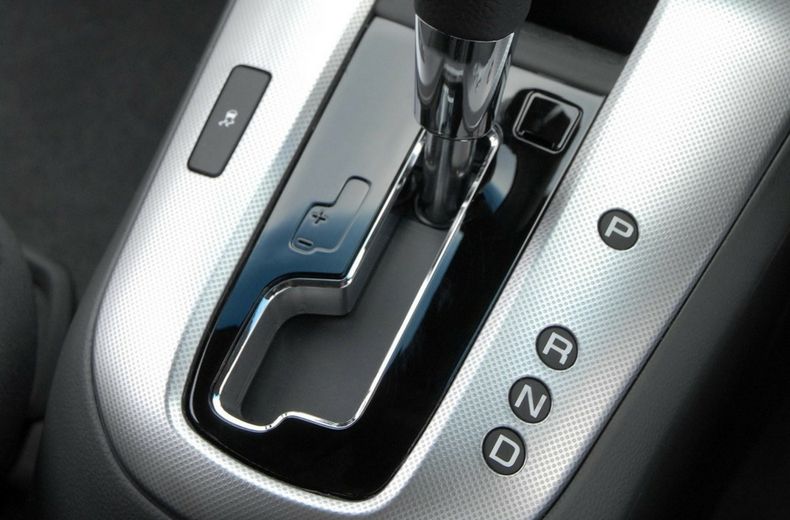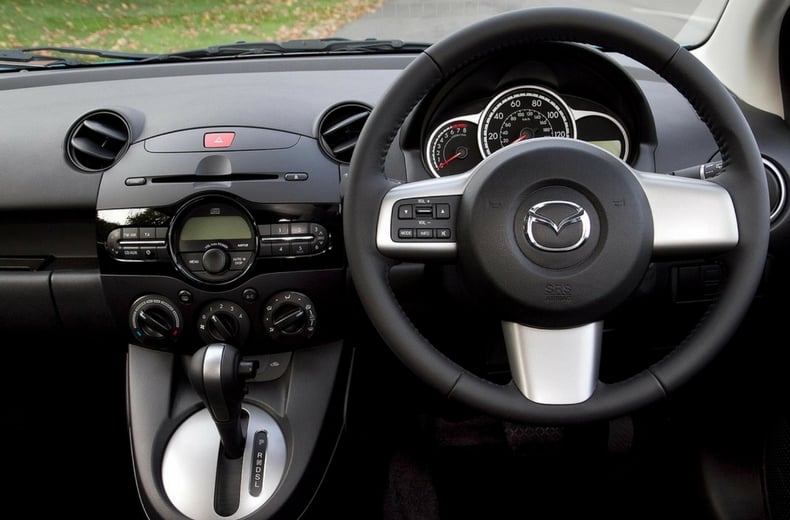How to drive an automatic car - a dummy’s guide

Once only popular with elderly drivers and those unable to drive a manual car, automatic cars are now increasingly common.
Not only are they easier (and more relaxing) to drive than a manual, in some cases they can be better on fuel and can cost less to maintain.
If you haven’t driven an automatic car before, however, it can be all too easy to get behind the wheel and be totally perplexed by the lack of a clutch pedal and the array of options provided by the shifter.
Here’s how to get going quickly.
The basics
Most automatic gearboxes will let you select between ‘P’ (for park), ‘R’ (reverse), ‘N’ (neutral) and ‘D’ (drive).
- Park should only be used when you’re stopped and getting out of the car. This ‘locks’ the transmission, preventing it from rolling away (but you still need to apply the handbrake when parked as well).
- Reverse does as it says - acts the same as a reverse gear in a manual, and should be selected when you want to drive backwards.
- Neutral is the same as knocking a manual gearbox out of gear. It shouldn’t be selected when moving - this is known as coasting - but can be used (along with the handbrake) if you’re stopped for a short period of time.
- Drive will select gears automatically and allow the car to move forwards.
Some automatic gearboxes will also give you the option to select first or second gear. This will help in situations where you want to use the gearbox to keep your speed down - such as driving down a steep hill.
Having this option also helps to keep the revs down and stop the wheels from spinning when pulling away in certain situations.
For instance when moving off in snowy or icy conditions it is sometimes advisable to pull away in second gear to stop the wheels from slipping if it is particularly snowy - some automatics have a dedicated 'winter mode', however, that takes care of this. You can read more about driving in adverse conditions on our driving in snow page.
Other automatics will let you manually select any gear, either using the selector or paddles mounted behind the steering wheel. This gives the driver more control over how the car moves up and down through the gears.
Some drivers prefer this as it better suits their driving style and gives them more control over how the car performs, but the more you drive a manual car the more you will find out about the type of manual gearbox you prefer.
MORE ADVICE: How to pass your driving test in five steps
What to do when setting off

Although automatic gearboxes are generally very easy to use, the confusion comes when starting and stopping.
When you get into a car with an automatic gearbox, it should have been left in ‘park’.
Put your right foot on the left-hand pedal (the brake) and push down, start the car using the key or start button, and (with your foot still on the brake), move the shifter to ‘D’ (if you want to drive forward) or ‘R’ (if you wish to reverse).
Lifting your foot off the brake will cause most automatic vehicles to ‘creep’ forwards - this helps with parking or in low-speed traffic.
It might need a bit more gas if you’re on a hill or want to move off quicker.
Once moving, the gearbox will select the correct gear for the situation and do all the hard work for you.
When you’ve finished your journey and the car is stopped, keep your foot on the brake and shift the lever to ‘P’, turn the ignition off and exit the car.
READ MORE: Driving without shoes - is it illegal?
The different types of automatic gearboxes
Although any car which changes gears itself without the driver having to use a clutch pedal is generally considered to be an automatic, there are in fact a number of different types of automatic gearboxes.
Conventional automatic gearboxes
These use a ‘torque-converter’ to do the job of the clutch, and are more refined than other automatic ’boxes, but will use more fuel than manuals.
Luxury cars such as the Range Rover and Volvo XC90 stick with a conventional automatic transmission - using as many as nine gears.
Continuously variable transmissions (CVT)
CVTs are popular in hybrid cars such as the Toyota Prius, as they do away with cogs in favour of a belt which acts as a single gear ratio.
As well as being more efficient and more reliable, they also make for a smoother drive as the car doesn’t have to skip between gears.
A downside is slower acceleration than other automatic gearboxes, and a loud, strained engine sound can occur if you attempt to make rapid progress.
Dual-clutch automatics
These types of gearboxes are similar to a conventional automatic gearbox, but two clutches (operated automatically) replace the torque converter.
They line up alternating gears, meaning the next ratio is prepared and allowing rapid gear changes.
They’re popular in VW Group cars - ranging from the DSG gearbox found in the Volkswagen Golf to the PDK used in Porsches.
Automated manual gearboxes
These aren’t as popular as they used to be, but are still used in cheaper cars such as the Skoda Citigo.
These act like a normal manual, but select gears automatically and operat the clutch by computer rather than using a pedal.
READ MORE: How to drive a manual car - a dummy's guide
The downside of this is they can be a little jerky - just like a manual, there’s a small pause as the system works through gears.

No comments:
Post a Comment